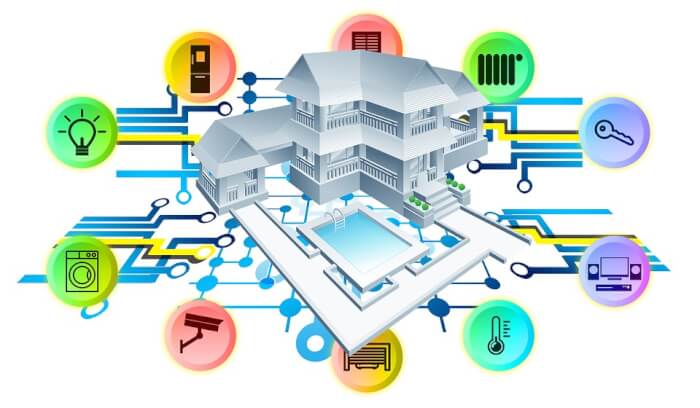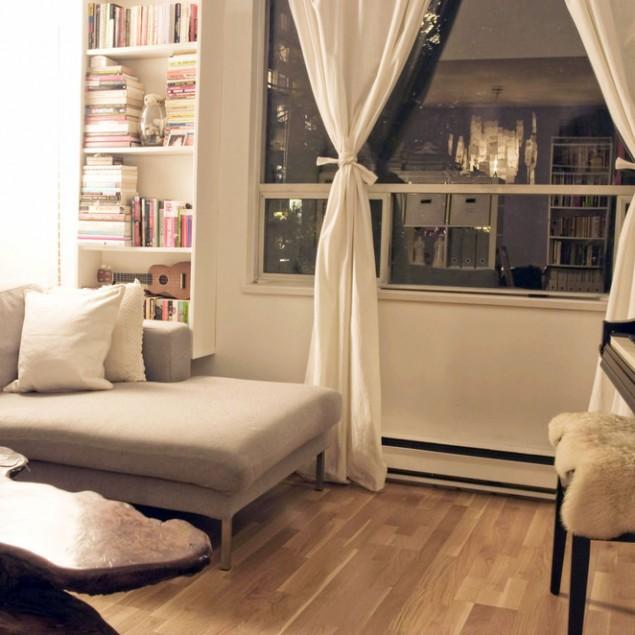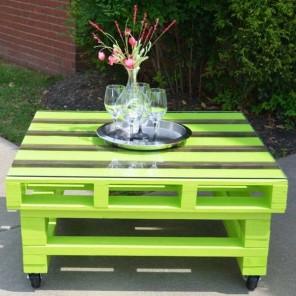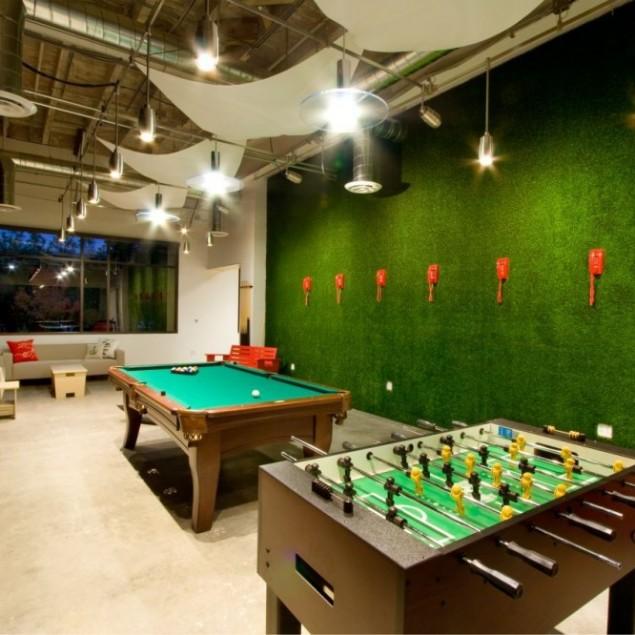Tips on choosing the right home security system
In just a few years, home security has become a huge industry. Within the last few decades a handful of security companies have expanded into hundreds of different ones, some local and some nationwide, that all offer to protect your home for a price.
The range of different companies have created something of an information overload for homeowners trying to decide what system they should use. Some offer full service installation and monitoring, while others just offer equipment for you to install and self-monitor.
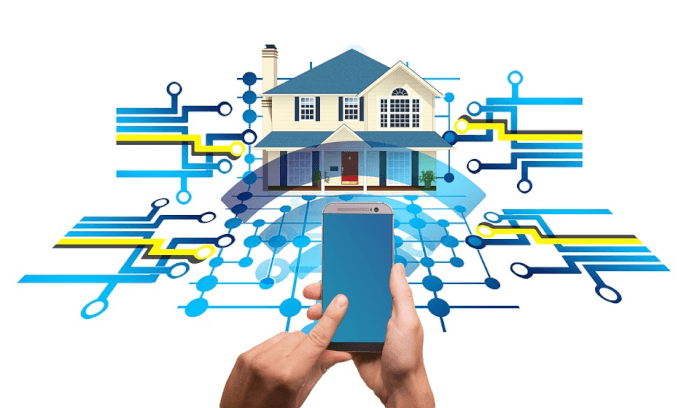
https://pixabay.com/en/smart-home-home-technology-2769210/
Determining what is right for you and your family starts somewhere. This article breaks down the different options that are available and what they mean to you, the homeowner.
Monitoring
There are three types of monitoring services when it comes to home security systems:
- Landline. The oldest but least secure system, landline monitoring uses your home phone lines to maintain contact with the security company. It can be easily defeated by cutting the phone lines but in areas with no cellular or broadband coverage it can be the only option. It is also the least expensive choice.
- Broadband. Broadband monitoring relies on your home internet connection to report problems. The downside to using it is reliability. If your home internet is out, so is your alarm. It is less expensive than cellular but more expensive than landline service.
- Cellular. In addition to being the most reliable service, cellular monitoring is also the most expensive and difficult to tamper with. Cellular alarms are also the easiest to install and setup because it doesn’t rely on wired connections. Cellular alarm service is quickly becoming the industry standard and many companies don’t offer any other kind. Prior to installing the alarm system, ensure that you receive cellular service where you are installing the alarm.
Installation
Depending on what monitoring system you go with, the choices you have for installation break down into two options:
- DIY installation. With do it yourself installation you can decide on what sensors you need, where the sensors are located and how they work together. With modern, cellular systems, the DIY option is the best because there are no permanent connections to be made and the entire system can be made portable. It is perfect for renters and people who are trying to save some money.
- Professional installation. Professional installation is less flexible than DIY but does have the advantage of not taking up any of your time. Unless you are handy with wiring, professional installation might be your only option with landline and some broadband systems.
Technology
Security systems advance just like any other technology. Generally, the newer the system, the more advanced it will be. Newer systems also allow you to turn your home into a smart home with complete control over lights, climate controls, appliances and door locks. As technology advances, more options will be added to security systems making them more functional and convenient.
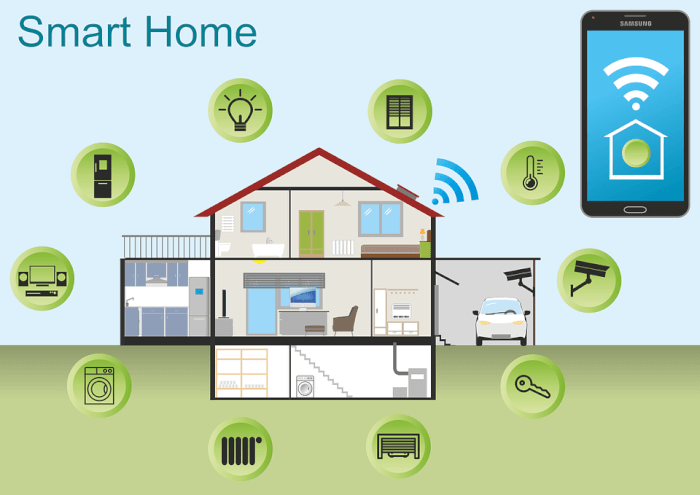
https://pixabay.com/en/smart-home-home-technology-2005993/
Many service providers offer upgradeable systems if you don’t have the money to get everything you want right away. Upgradeable systems allow you to purchase what you can afford, now, while giving you room to grow in the future.
Cost
Probably one of the biggest concerns, the cost of the system and monitoring can vary dramatically between providers. Homesecuritysystem.co has a breakdown on the biggest national providers showing what features are available with each and includes the cost of setup and monitoring.
No one system is right for everyone, but comparing systems will give you an idea of what is available, what are the costs and features you can expect. Once you have determined your needs, finding the right service provider becomes a simple matter.
